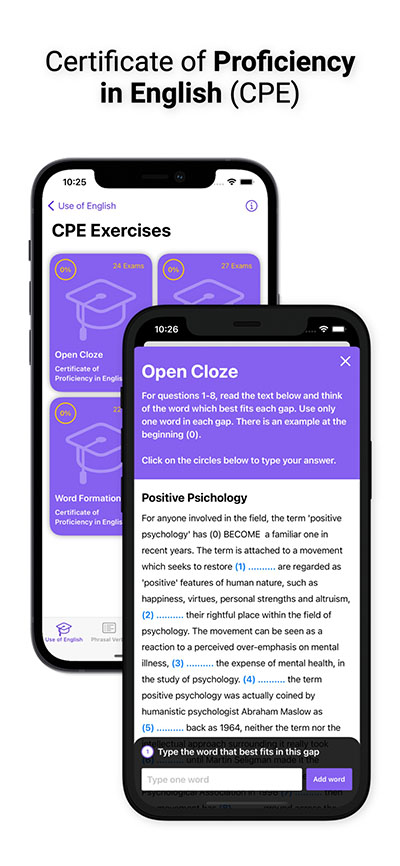The blood-(0) SUCKING (SUCK) monster, is a blood-thirsty, mystery creature, (1) ............ (SUPPOSE) responsible for killing sheep and goats. It occupies the same space between reality and myth that is occupied by creatures such as the Yeti, the Loch Ness Monster and mermaids, with one difference — it is a (2) ............ (RELATE) strange monster. The creature was first reported as late as 1995 on the island of Puerto Rico in the Caribbean, but (3) ............ (SEE) have since spread to South America, the United States and, most recently, Russia and Southern Europe. If the blood-sucking monster is real, it has an impressive range for a wild animal. The (4) ............ (FORE) expert on the blood-sucking monster calls it 'the first internet monster', attributing the rapid spread of reports to Google. As with most monsters, there is precious little physical evidence, and eyewitness reports are sketchy and often contradictory, and it has, of course, (5) ............ (MYSTERY) avoided capture. Some evidence for the creature's (6) ............ (EXIST) comes from its diet. The name 'blood-sucking monster' literally translates as 'goat sucker', because it apparently drains its victims of blood. Dead sheep have been connected with blood-sucking monsters reports from its earliest (7) ............ (APPEAR) in the media. However, scientific analyses of these creatures reveal that dogs or coyotes are the likeliest culprits. So it seems as though the blood-sucking monster is (8) ............ (ESSENCE) a case of mistaken identity. But, as with all good monsters, the stories won't go away...






